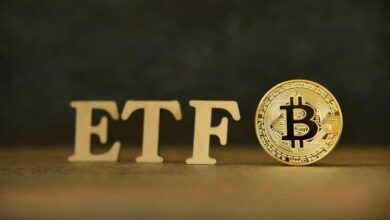The International Monetary Fund (IMF) was created in 1944 during the Bretton Woods Conference, which took place in New Hampshire, USA. This gathering brought together 44 nations with the intent of establishing a framework for international economic collaboration in the aftermath of World War II’s destruction. The main objectives were to enhance global economic stability, promote international trade, and avert the economic turmoil that led to the Great Depression.
Early Years (1945-1970s): The IMF officially came into being in 1945 with 29 member states. Its primary function was to supervise the Bretton Woods fixed exchange rate system, where currencies were tied to the U.S. dollar, which itself was associated with gold. The IMF offered short-term financial support to nations experiencing balance-of-payments difficulties, helping them stabilize their economies.
During the 1970s, the Bretton Woods framework disintegrated due to the U.S. inability to uphold the gold standard. This resulted in a transition to floating exchange rates, with currency valuations determined by market dynamics. In response, the IMF shifted its focus towards maintaining broader financial stability and providing policy guidance.
Expansion and Structural Adjustment (1980s-1990s): Throughout the 1980s, the IMF became instrumental in tackling worldwide debt crises, especially in developing nations. It initiated Structural Adjustment Programs (SAPs), which mandated that nations enact economic reforms such as cutting government expenditures, opening up trade, and privatizing state enterprises in exchange for financial support. Although these initiatives aided in stabilizing economies, they faced backlash for their social consequences, including increased inequality and higher unemployment.
Post-Cold War Era and Globalization (2000s): In the 2000s, the IMF redirected its attention towards emerging markets and global financial disruptions. It provided assistance to nations during the 1997 Asian Financial Crisis and the 2008 Global Financial Crisis, offering loans and policy advice. The IMF also broadened its role in capacity development, delivering technical support and training to its member states.
Modern Challenges and Reforms: Recently, the IMF has prioritized inclusive economic growth, poverty alleviation, and addressing climate change. It has also aimed to reform its governance framework to enhance representation for emerging economies like China and India. The COVID-19 pandemic introduced new challenges, prompting the IMF to offer unprecedented financial assistance to nations coping with economic repercussions.
Today: The IMF comprises 190 member nations and continues to be a crucial player in global economic governance. Its main responsibilities include monitoring economic developments, providing financial aid, and offering policy recommendations to support worldwide stability and growth.
In summary, the history of the IMF illustrates its transformation from managing fixed exchange rates to tackling global financial issues and promoting sustainable economic advancement.





